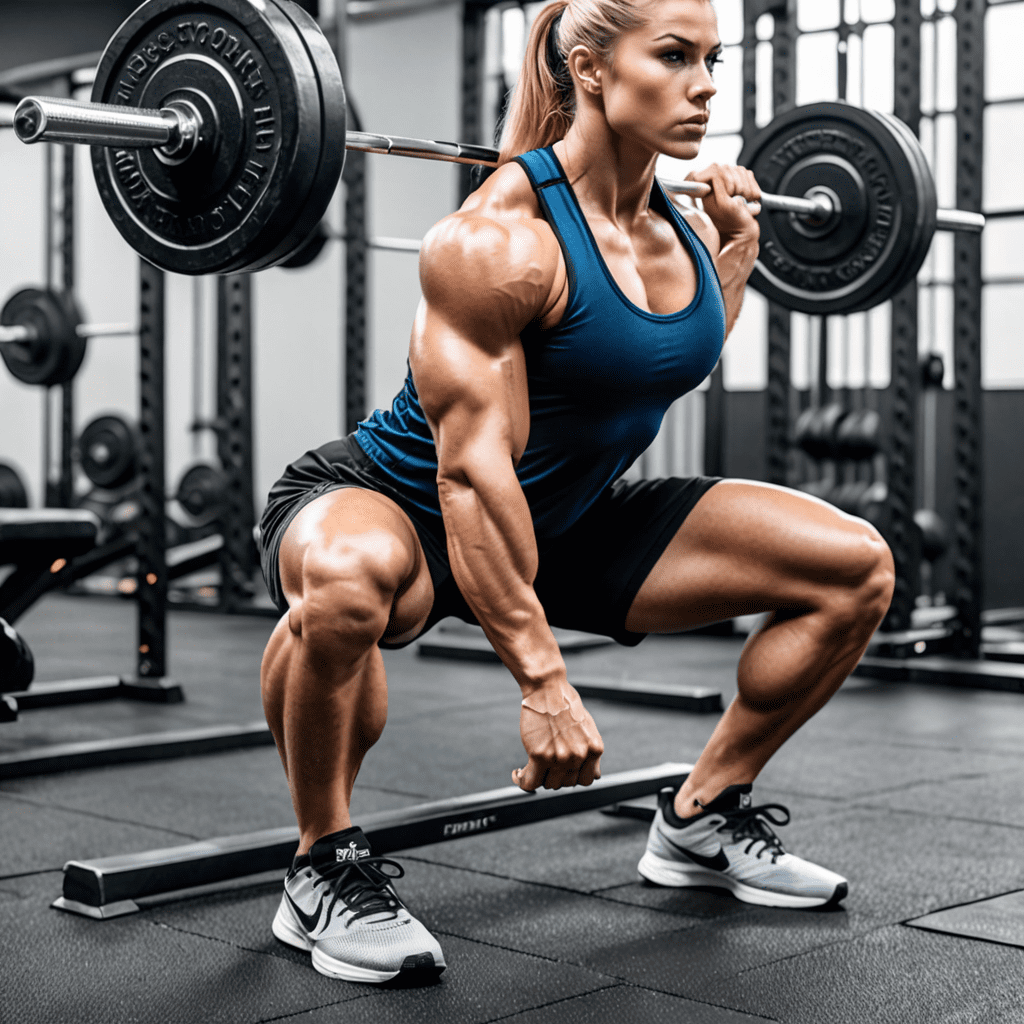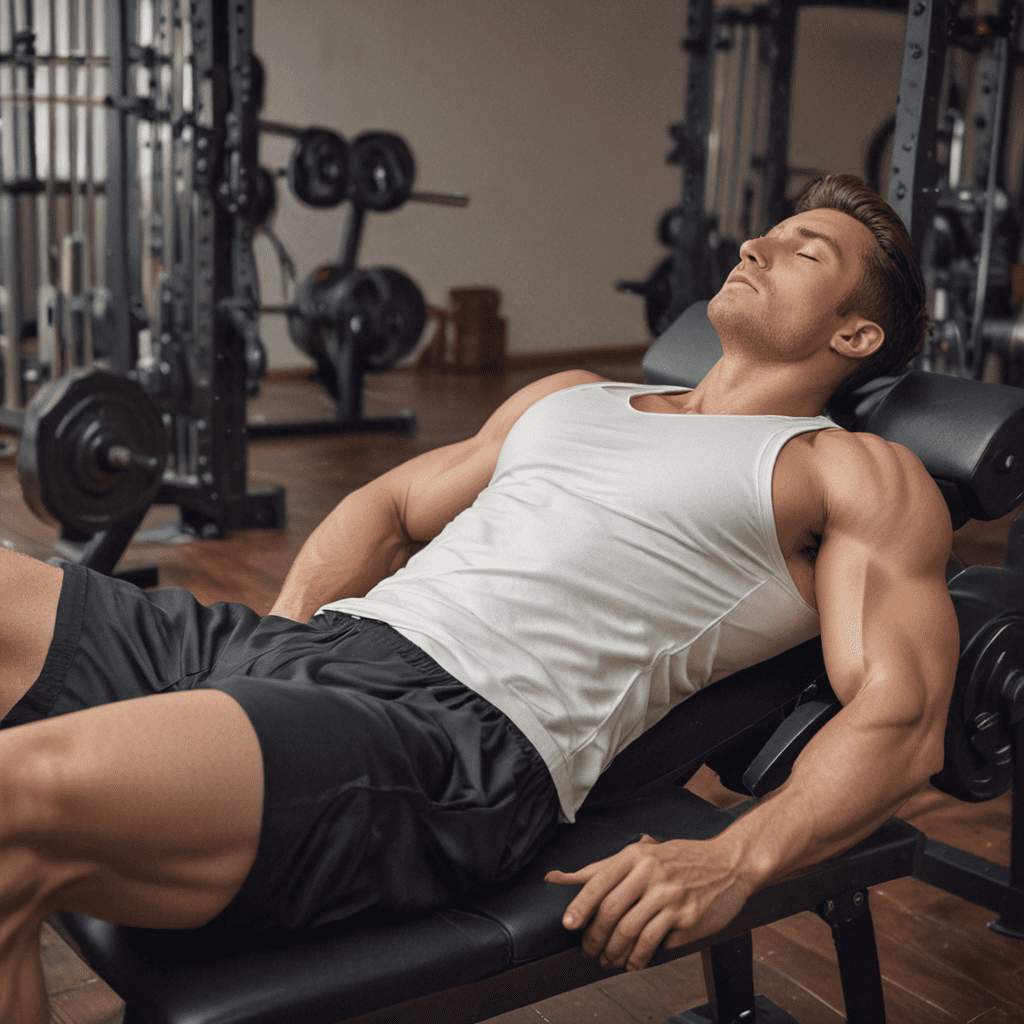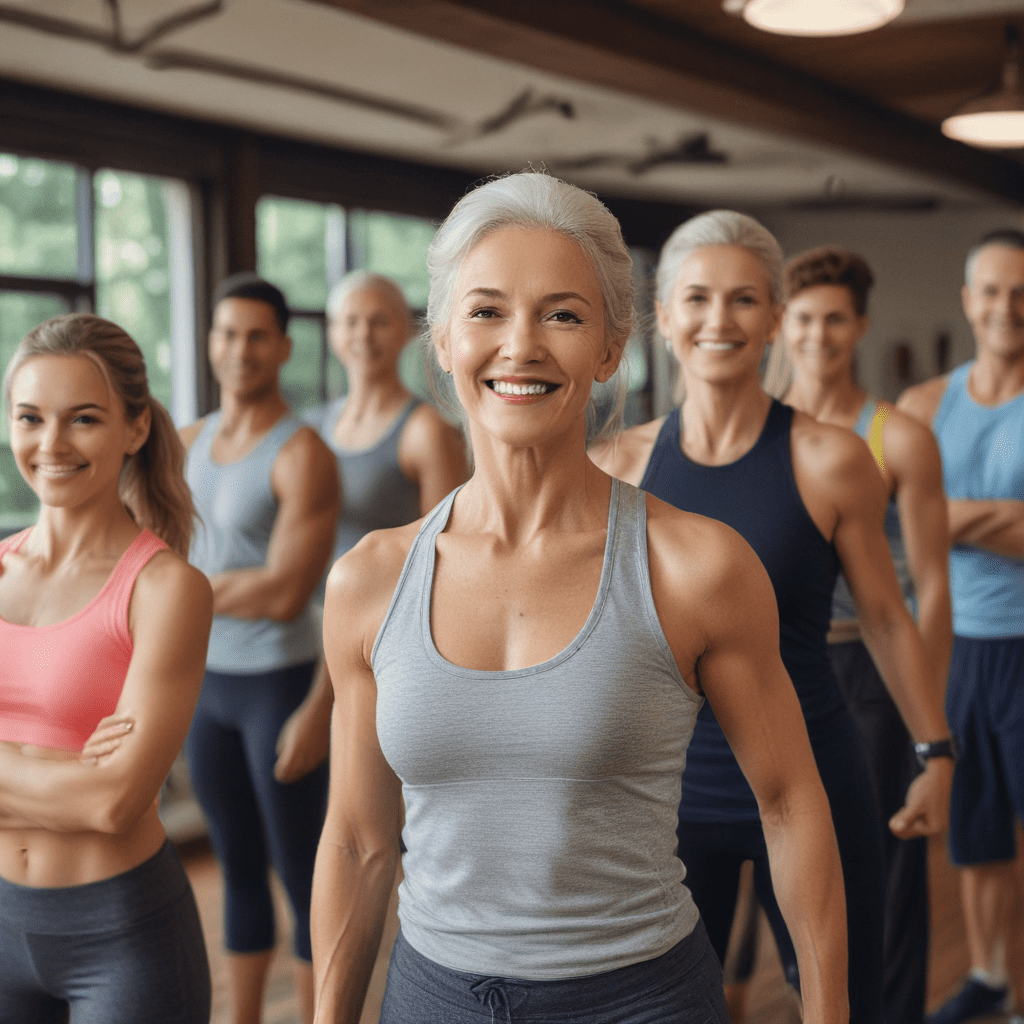
The Ideal Squat Range for 15-Year-Olds: Uncover the Perfect Form for Your Workout
Squats are a fundamental exercise for building strength and muscle in the lower body. As a 15-year-old, it’s important to perform squats correctly to maximize results while avoiding injury. In this article, we will explore the average squat range for a 15-year-old, discuss the importance of proper form, and provide useful tips to help you achieve optimal results in your workouts.
Understanding the Average Squat Range for 15-Year-Olds
The average squat range for a 15-year-old can vary depending on factors such as fitness level, training experience, and body type. However, it is generally recommended that teenagers focus on mastering their squat form before worrying about the weights they lift.
When performing a squat, it is essential to achieve the full range of motion. This means going as low as possible, with the thighs parallel to the ground or below. A full range of motion promotes muscle activation and development throughout the lower body.
Importance of Proper Squat Form
Proper squat form is crucial for both effectiveness and safety. By using the correct technique, you can target the right muscles and reduce the risk of injury. Here are some key points to keep in mind when performing squats:
- Positioning: Start with your feet shoulder-width apart and toes slightly turned out. This stance allows for stability and proper alignment during the movement.
Core Engagement: Before descending into the squat, activate your core muscles by pulling your belly button in towards your spine. This helps stabilize your spine and protect your lower back.
Hip Hinge: Initiate the squat by sitting back and down, similar to sitting on a chair. As you lower yourself, keep your weight distributed evenly through your heels.
Knee Alignment: Ensure that your knees track in line with your toes as you descend into the squat. Avoid letting your knees collapse inward or flare out to the sides, as this can strain the knee joints.
Depth: Aim to achieve a 90-degree angle at the knees, with your thighs parallel to the ground. If you have the mobility, you can even go deeper, ensuring your hips are lower than your knees.
Control and Breathing: Maintain control throughout the movement, exhaling as you rise back up and inhaling as you descend. Avoid any bouncing or jerking motions, as this can put unnecessary stress on your joints.
By following these guidelines, you can establish a solid foundation for your squats, maximizing their benefits while minimizing the risk of injury.
Tips for Improving Squat Performance
If you’re looking to improve your squat performance and reach your full potential, consider implementing the following tips:
- Warm-Up: Always warm up before squatting to prepare your muscles and joints. This could include dynamic stretches, foam rolling, or a light cardiovascular exercise.
Gradual Progression: Start with an appropriate weight that allows you to maintain good form and gradually increase the load as you build strength and confidence.
Mobility Training: Work on improving your mobility and flexibility to achieve a deeper squat. Incorporate exercises that target your ankles, hips, and thoracic spine.
Core and Leg Strength: Strengthening your core and leg muscles is vital for squatting. Include exercises like planks, deadlifts, lunges, and leg presses in your training routine.
Seek Guidance: If you’re new to squatting or want to ensure you’re using proper form, consider working with a certified trainer. They can provide personalized guidance and correct any form issues.
Rest and Recovery: Allow sufficient rest between squatting sessions to avoid overtraining and give your muscles time to repair and grow.
By applying these tips, you can enhance your squat performance, increase your strength, and reduce the risk of injury.
FAQs
Q: How often should a 15-year-old squat?
A: While the frequency of squatting can vary depending on individual goals and fitness levels, it is generally recommended to perform squats 2-3 times a week with at least a day of rest between sessions.
Q: Can a 15-year-old use weights when squatting?
A: Yes, 15-year-olds can use weights when squatting. However, it is essential to start with lighter loads and focus on proper form before gradually increasing the weight. Always prioritize safety and consult with a knowledgeable trainer or coach.
Q: Are squats bad for a 15-year-old’s growth plates?
A: Squats performed with proper form and appropriate weights are generally safe for a 15-year-old’s growth plates. However, it is crucial to avoid excessive load and extreme ranges of motion, as this can potentially put stress on the growth plates and lead to injury.
Q: Can squatting help improve sports performance for a 15-year-old?
A: Yes, squatting can be beneficial for improving sports performance in 15-year-olds. Squats help build leg strength and power, which can enhance performance in activities such as running, jumping, and team sports.
Q: How long does it take to see results from squatting?
A: The time it takes to see results from squatting can vary depending on various factors, including frequency, intensity, and consistency of training. With regular practice and proper form, noticeable improvements in strength and muscle development can generally be observed within a few weeks to a couple of months.
Q: Are there any alternatives to squatting for 15-year-olds?
A: If squatting is not suitable or available, there are alternative exercises that can target the same lower body muscles. These include lunges, step-ups, leg presses, and glute bridges. It’s best to involve a trainer or coach to determine the most appropriate alternatives for individual needs and goals.
As a 15-year-old, incorporating squats into your workout routine can be a valuable addition. By following the proper form, practicing regularly, and gradually increasing the load, you can reap the benefits of stronger legs and improved overall fitness. Remember to always prioritize safety, listen to your body, and consult with professionals if needed. Happy squatting!


